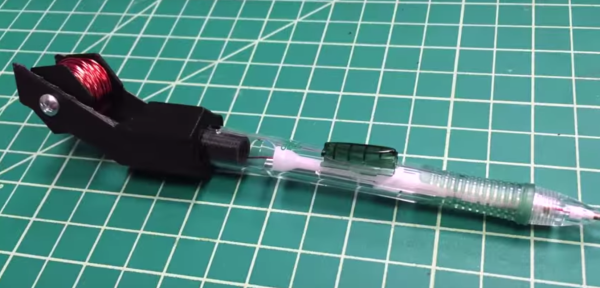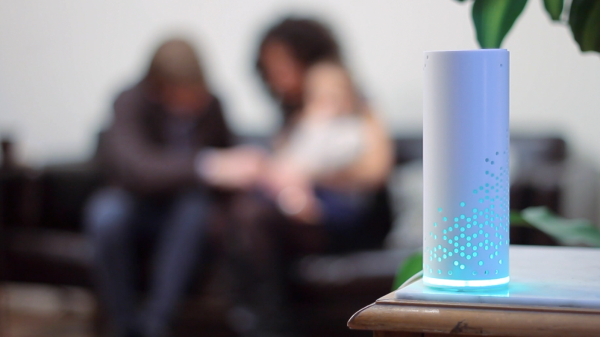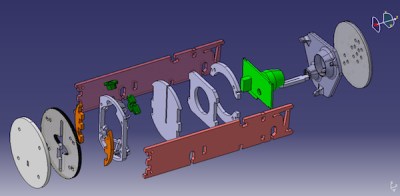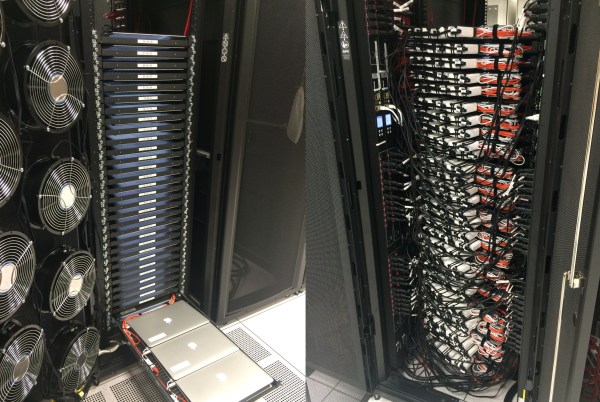We’ve seen lots of Segway variants on Hackaday, but they don’t always have detailed instructions on how they made it… Well lucky for us, [Bob] from [Making Stuff] just finished his extensive Segway project with tons of videos of the build!
Inspired by other self-balancing scooter projects he had seen online, [Bob] wanted to try his hand at building one. So he took bits and pieces from designs he liked, and came up with his own solid looking Segway clone design. Using Google Sketchup he drew up the frame, and from there it was all hands on deck. A bit of TIG welding later and it was time for the components.
Some small slight mechanical hiccups aside, the longest part of the project was the electronics and software — getting it to work like a real Segway. After writing his own code he ran into a few roadblocks, but luckily he was able to get some help from someone at his local Maker meetup which saved a lot of troubleshooting on his end.


















